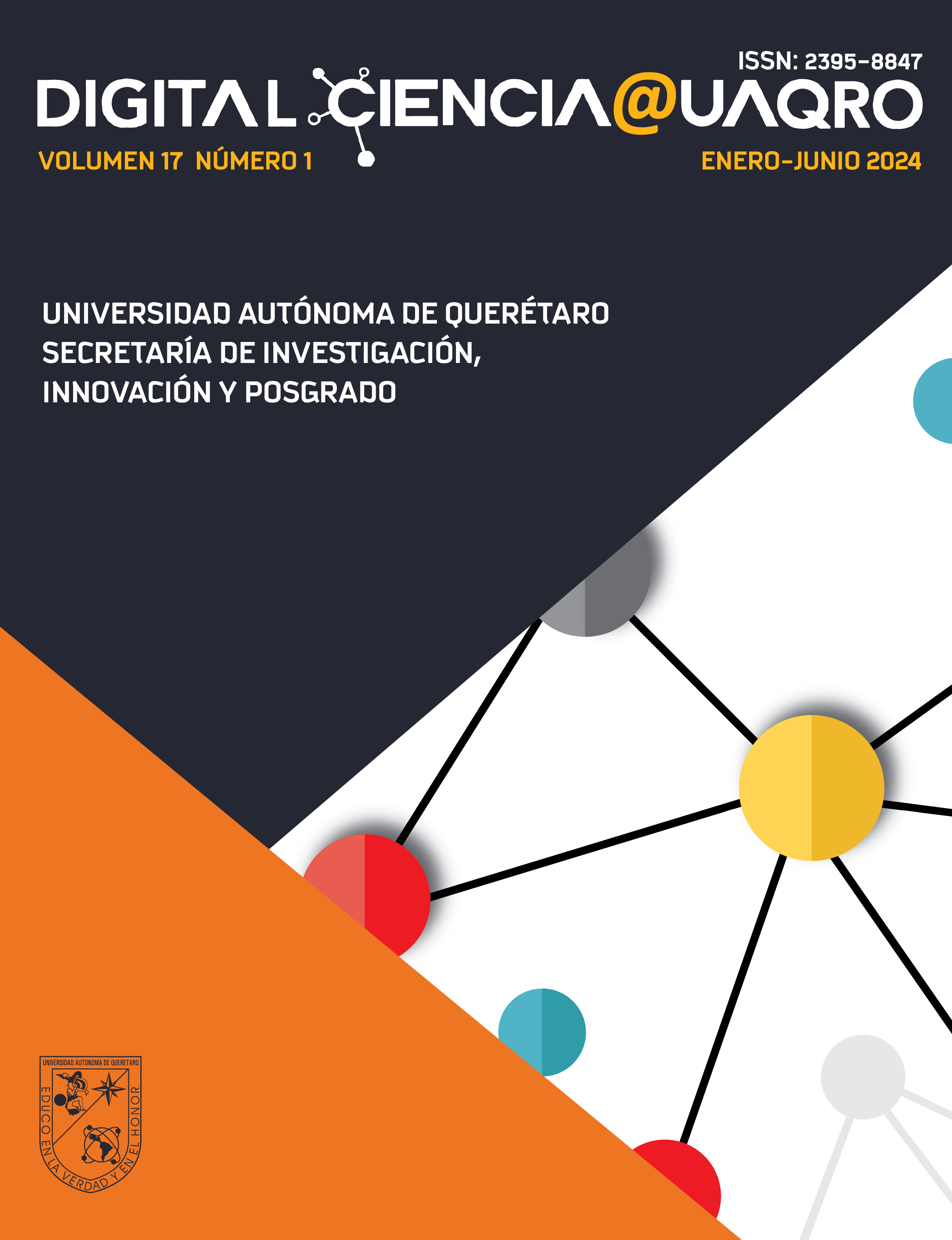Abstract
Nanotechnology is the branch of study of materials used on a nanometric scale that allows application in various areas of knowledge. There are different factors and methods that influence the synthesis of nanoparticles, which have their respective advantages and challenges. Therefore, this work presents a classification for nanomaterials, as well as the types of synthesis and methods such as extracellular and intracellular. Consequently, the purpose of this review is to collect information on the generation of nanomaterials by biosynthesis using biological extracts. In conclusion, the synthesis of nanomaterials obtained from plants and microorganisms is a broad branch of study and can be a novel alternative compared to other types of methods that generate greater pollution to the environment. Nanomaterials are a tool that can be used in agriculture to improve the quality of food. This is associated with the effects on the development and germination of plants. The perspectives on nanomaterials are based on the possible applications in different fields such as agriculture, food industry, pharmaceuticals and biomedicine.

This work is licensed under a Creative Commons Attribution-NonCommercial-ShareAlike 4.0 International License.
Copyright (c) 2024 Digital Ciencia@UAQRO

